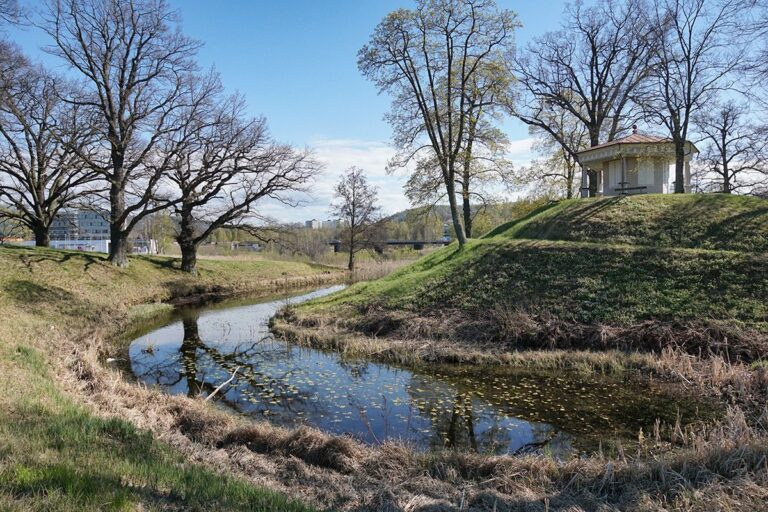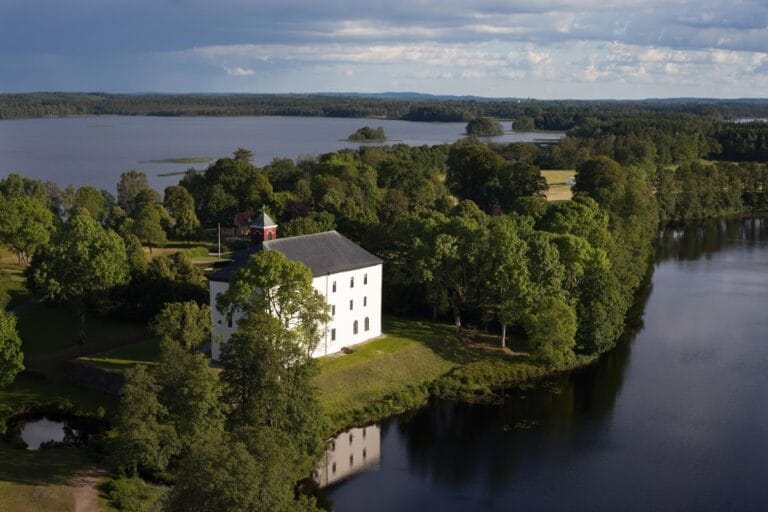Jönköping Medieval Castle: A Historical Fortress in Sweden
Visitor Information
Google Rating: 4.2
Popularity: Medium
Google Maps: View on Google Maps
Official Website: www.jonkoping.se
Country: Sweden
Civilization: Medieval European
Remains: Military
History
The medieval castle of Jönköping, built by Swedish medieval settlers, once stood within the present-day municipality of Jönköping, Sweden. Its earliest written mention dates back to 1278, placing it firmly within the Middle Ages, a period marked by numerous regional conflicts and the establishment of fortified structures for defense.
During the 13th and early 14th centuries, the castle operated alongside the nearby Rumlaborg fortress, situated approximately six kilometers to the east near the mouth of Huskvarnaån river flowing into Lake Vättern. Together, these two fortresses formed a defensive network aimed at protecting the southern approaches of the region from potential attackers, underscoring the strategic importance of this area during that time.
The medieval fortress occupied a prominent position on the western bank of the river that connects Munksjön lake to Lake Vättern, just east of Jönköping’s old town center. This location corresponded closely to what is now the northeastern section of Rådhusparken. In close proximity to the castle, to its southwest, a monastery was established in the late 1200s, creating a religious presence alongside the military stronghold.
Following the Protestant Reformation, the late 16th century onwards saw significant changes in the use of surrounding buildings. The former monastery underwent transformation starting in 1544 and eventually developed into a newer fortress known as Jönköping Castle. This newer castle replaced the medieval fortress as the dominant military installation in the area.
In the post-medieval era, the original medieval castle ceased to function as a fortress and was replaced by an armory building positioned between Bastion Christina and the northern outer rampart of the newer castle. This transition marked the final phase of the medieval castle’s active use, as the site shifted from a medieval defensive stronghold to a component of later military infrastructure.
Remains
Archaeological evidence reveals that the medieval castle was strategically positioned near the southern of two city bridges which spanned a short river connecting the sandbank known as Sanden to the fortress itself. This placement not only provided controlled access but also contributed to the defense system guarding the waterway between Munksjön and Lake Vättern.
While specific architectural features such as dimensions, decorative elements, or detailed structural layouts have not been preserved or documented, it is known that the site later accommodated a gunpowder house (known in Swedish as a tyghus). This gunpowder storage facility was constructed on the forecourt area situated between Bastion Christina and the northern outer rampart of the post-medieval Jönköping Castle. The reuse of the site for storing military supplies illustrates a continuity of military function, albeit in a greatly altered capacity.
Today, the medieval castle no longer survives as a standing structure. Instead, what remains are archaeological traces beneath and around the area once occupied by the fortress. These remnants provide valuable insight into its placement within the city and its relationship to neighboring fortifications and urban features, even as its physical form has been overtaken by later constructions.



